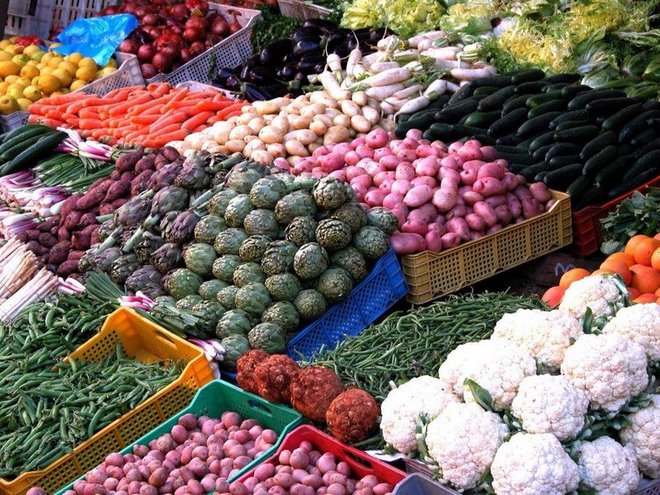It's like the middle school crush you couldn't stop thinking about: I daydream of unique ways to incorporate winter squash into my life. I can imagine adding it to almost anything . . . including macaroni and cheese, which is what I did tonight. If you are the kind of person who loves mac & cheese with a top layer that's a bit crunchy, this is for you. If you are a mom, I would suggest serving this to your kids when they haven't watched you make it. While your kids gobble it up, they'll never know that the orangeness is from a vegetable and not from some fake Kraft cheese powder, and you'll be getting a nice dose of beta carotene into their diets--much more pleasant than an argument over steamed carrots.

I altered this from
a recipe I found on another blog. This is not a low-fat dish, but if you eat a reasonable portion with a healthy side dish, it's not ridiculous, either.
Butternut Squash Mac & Cheese, Take 2Serves 6-8 as a primary (but not the only) dish
1 1b. twisty, whole-wheat pasta
salt for pasta water
1 1b. of organic butternut squash, halved,
roasted (with or without additional herbs, though I would not add honey or butter), peeled, and scraped out--or (as I was using in my ravenous state tonight) a 12- or 16-oz. box of frozen organic winter squash (pureed or cubed)
1 T organic butter
1 organic yellow onion
4 garlic cloves
2 tsp. dried sage
3 T. whole-wheat flour
1/4-1/2 tsp. nutmeg
1/4 tsp. cayenne pepper
2 c. 2% organic milk (or try skim and see if it works)
2 oz. soft goat cheese
3/4 c. cheese (I used mozzarella, fontina, and parmesan reggiano)
salt and pepper
1/4 c. reduced-fat cheddar (or another grated cheese, but separate from the rest)
1/4 c. bread crumbs mixed with Italian seasonings
oil spray
If you are using fresh butternut squash, prepare it. Otherwise, defrost your frozen butternut squash.
Get out the ingredients you'll use.
Chop your onion. If you are mincing the garlic, do that. (I just use a garlic press to crush mine into the pan.)
Grate the cheeses.
Put water on to boil for your pasta. Add some salt to the water. When the water is boiling well, put the pasta in and boil it for the minimum time listed on the package. Then drain in a collander.
In the meantime, in a very large, pref. non-stick, pot, heat 1 T of butter in a med-high. Add onion, sage, and garlic. Stir around. Cook for five minutes, stirring occasionally.
Preheat the oven to 450 degrees F.
Add the flour to the onion mixture, and stir around. Let cook another minute.
Add the nutmeg, cayenne, and milk. Stir. Bring to a boil, and let boil 2-3 minutes--until it starts to thicken.
Add the cheese (except the last cheese in the ingredient list), and whisk it in.
Add salt and pepper to taste, and turn off the burner.
Dump the noodles into the sauce, and stir it all together.
Spray a large casserole dish with cooking spray.
Dump the mac & cheese into the casserole dish.
Sprinkle the last 1/4 c. of cheese on top.
Sprinkle the Italian bread crumbs on top of the cheese.
Give the top a light spray with the cooking spray.
Bake 25 minutes, or until lightly browned on top.
Mmm, delicious. We ate it with a side of steamed spinach mixed with a little Bragg's (like soy sauce) and some herbs.

(To reiterate a point from an earlier post, we tend to eat off salad plates; our portions stay more reasonable that way.)
I think you could also toss fresh or frozen-but-defrosted spinach into the mac'n'cheese before baking for a one-dish meal.
Enjoy!















